The companies involved used compromised software, but it’s not clear if hackers entered their networks. Finding out could be difficult.
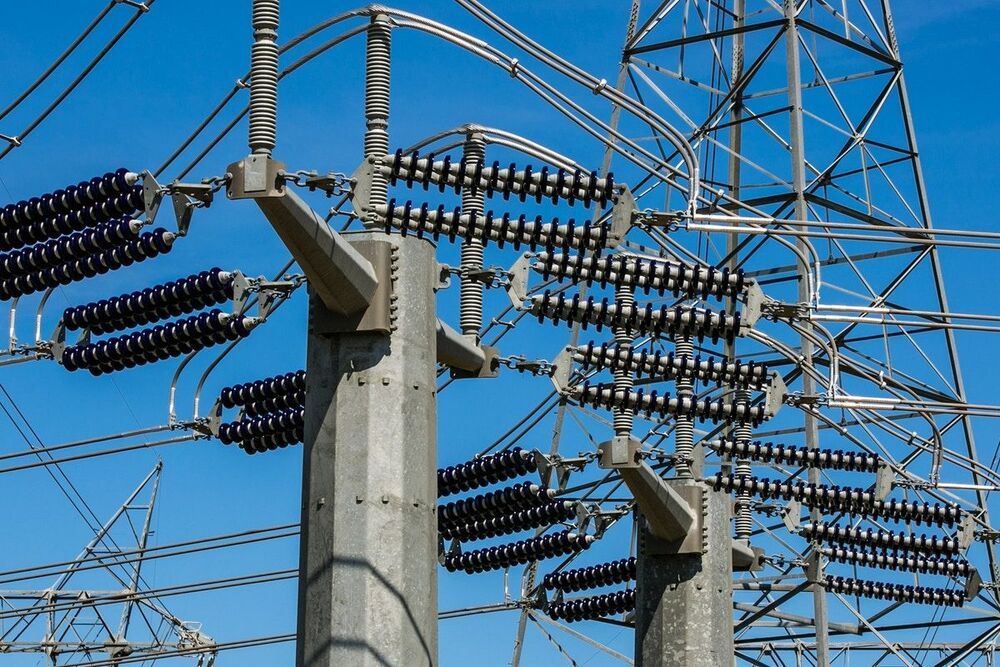

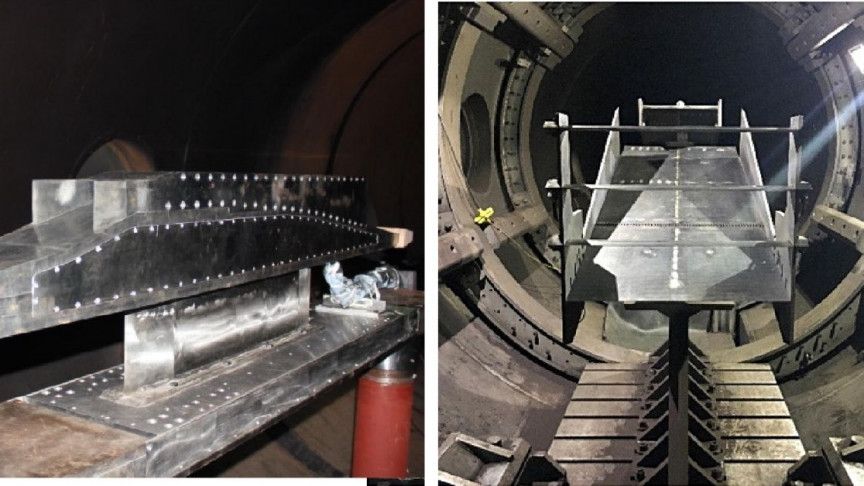
Scientists in China claim to have built a hypersonic jet engine—called “sodramjet”—that can fly at 16 times the speed of sound. This means that an aircraft kitted out with such engines could fly anywhere in the world in two hours, according to the scientists. The test flight of a prototype was carried out in a wind tunnel in Beijing, China, and displayed excellent thrust, fuel efficiency, and operational stability. Led by Professor Zonglin Jiang of the Chinese Academy of Sciences’ Institute of Mechanics, the team’s findings were published in Chinese Journal of Aeronautics on Saturday.
Scientists in China have tested a prototype sodramjet engine in a hypersonic wind tunnel at nine times the speed of sound. Check it out here!
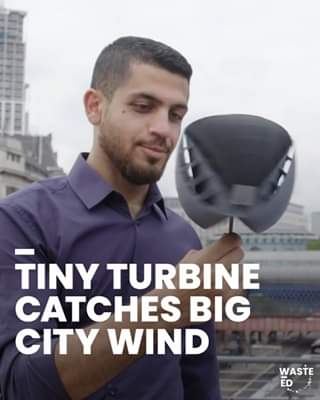
There they go again. Just a few months ago the US Department of Energy tapped a startup called Group14 Technologies for a multi-million dollar R&D grant to usher in a new generation of high performance EV batteries, and now here comes Group14 with another $17 million in series B funding spearheaded by the South Korean battery expert SK Materials. If you guessed that means scaling up production for the mass market, you’re right on the money. The bigger question is why the Energy Department is determined to support the US electric vehicle industry, considering that White House policy has been aimed at supporting the US oil industry. Any guesses?
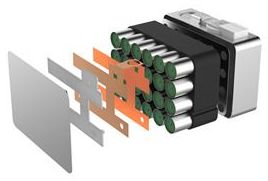
New York has among the world’s tightest rules on fire safety and regular readers of this site will be aware that that has had a big impact on the ability to site lithium-ion based battery energy storage systems (BESS) within the boundaries of the state’s urban regions.
While the development of large-scale systems is taking place in less densely populated upstate areas of New York, commercial and industrial (C&I) battery storage, which has been used elsewhere around the country to help businesses manage their energy costs and the wider network to adopt greater shares of renewables, has not really been able to gain a foothold.
A couple of weeks ago the New York Power Authority (NYPA) — a public-benefit corporation which serves around 25% of the state’s electric load — began trialling an energy storage system using lithium batteries based around start-up Cadenza Innovation’s ’Supercell’ architecture. Wrapping individual cells into a protective housing, the technology is a low-cost way to prevent thermal runaway from cascading through a battery rack and causing fires.
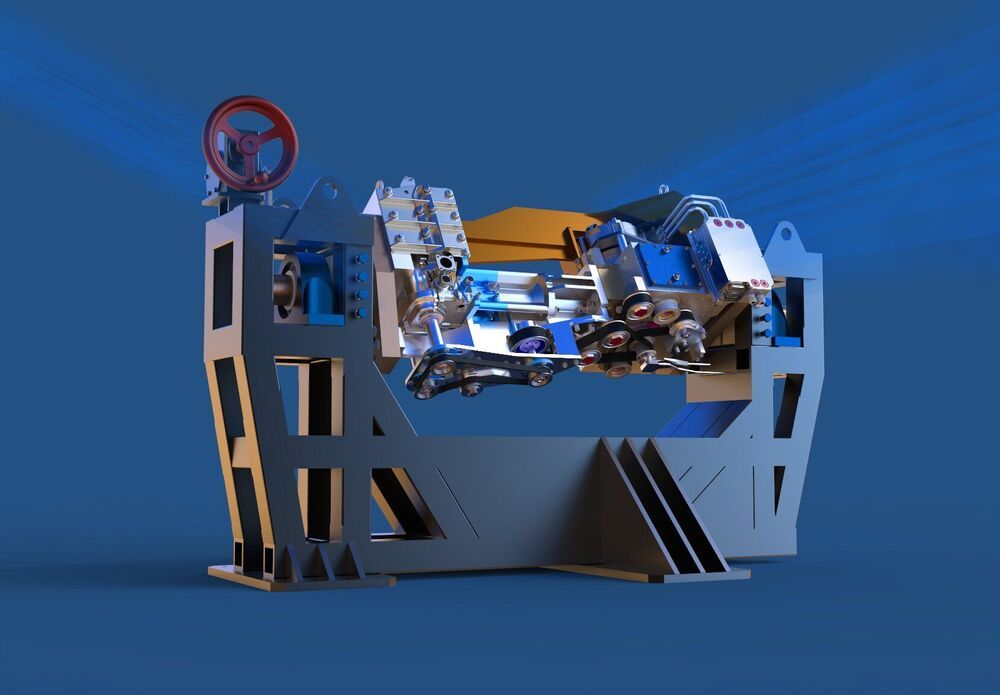
In the quest for advanced vehicles with higher energy efficiency and ultra-low emissions, Oak Ridge National Laboratory researchers are accelerating a research engine that gives scientists and engineers an unprecedented view inside the atomic-level workings of combustion engines in real time.
The new capability is an engine built specifically to run inside a neutron beam line. This neutronic engine provides a unique sample environment that allows investigation of structural changes in new alloys designed for the environment of a high-temperature, advanced combustion engine operating in realistic conditions.
ORNL first unveiled the capability in 2017, when researchers successfully evaluated a small, prototype engine with a cylinder head cast from a new high-temperature aluminum-cerium alloy created at the lab. The experiment was the world’s first in which a running engine was analyzed by neutron diffraction, using the VULCAN neutron diffractometer at the Department of Energy’s Spallation Neutron Source, or SNS, at ORNL.
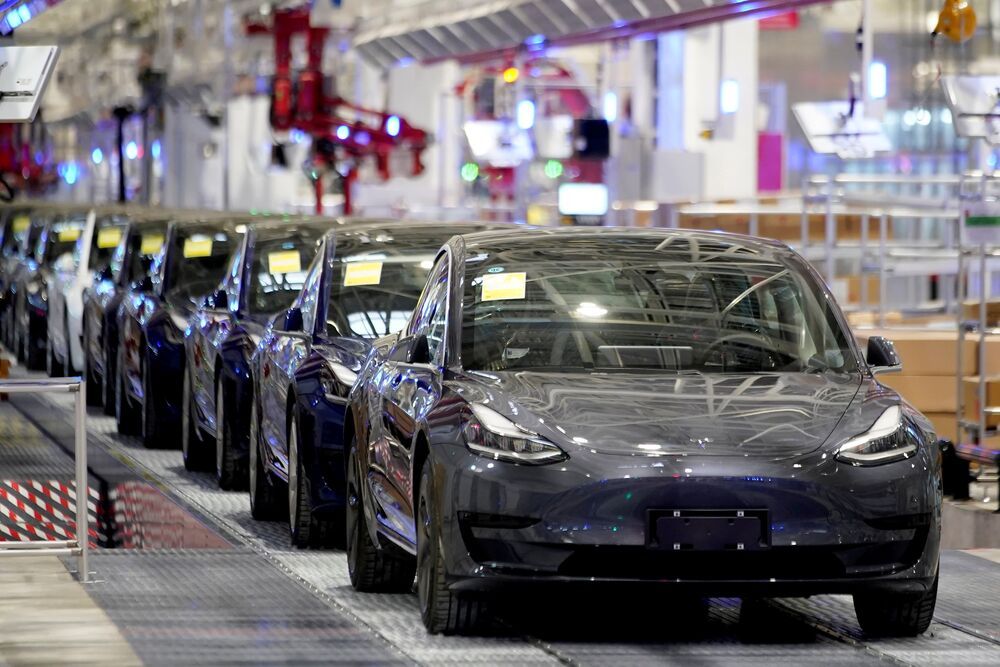
It seems competition is increasing.
BEIJING – In a future driven by electric vehicles, China is poised to dominate if the U.S. does not transform its automobile industry in coming years.
While California-based Tesla captured popular attention for electric cars, national policy in Beijing encouraged the launch of several rivals in China, the world’s largest auto market. Already, sales of electric cars and other new energy vehicles hit a record in September in China. Even Tesla launched a factory there last year, and is planning to sell made-in-China cars to Europe.
Powering it all are electric batteries – of which two Chinese companies, Contemporary Amperex Technology (CATL) and BYD, account for about a third of the global market, according to UBS. All six of the major battery manufacturers identified by UBS are Asian.
Interesting…
The United States is the sole military super power in the world, but that may not last for long. Other nations are catching up in the new arms race and have dedicated massive military budgets to developing hypersonic missiles! How can the US defend against such high impact and evasive missiles? You’ll have to watch today’s new video to find out if the US has an answer of it’s own.
🔔 SUBSCRIBE TO THE INFOGRAPHICS SHOW ►
🔖 MY SOCIAL PAGES
TikTok ► https://www.tiktok.com/@theinfographicsshow.
Discord ► https://discord.gg/theinfographicsshow.
Facebook ► https://www.facebook.com/TheInfographicsShow.
Twitter ► https://twitter.com/TheInfoShow.
💭 SUGGEST A TOPIC
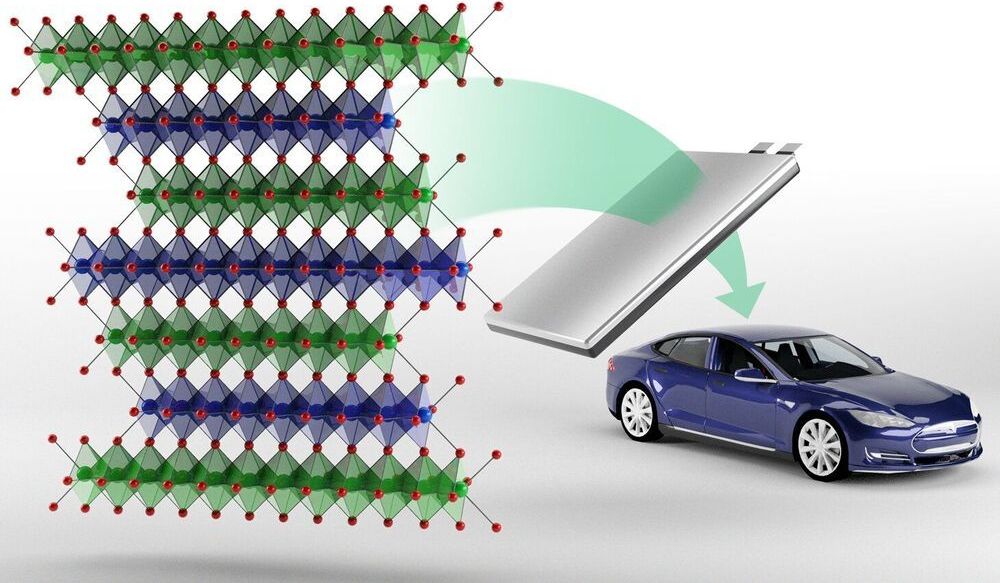
Oak Ridge National Laboratory researchers have developed a new family of cathodes with the potential to replace the costly cobalt-based cathodes typically found in today’s lithium-ion batteries that power electric vehicles and consumer electronics.
The new class called NFA, which stands for nickel-, iron-and aluminum-based cathode, is a derivative of lithium nickelate and can be used to make the positive electrode of a lithium-ion battery. These novel cathodes are designed to be fast charging, energy dense, cost effective, and longer lasting.
With the rise in the production of portable electronics and electric vehicles throughout the world, lithium-ion batteries are in high demand. According to Ilias Belharouak, ORNL’s scientist leading the NFA research and development, more than 100 million electric vehicles are anticipated to be on the road by 2030. Cobalt is a metal currently needed for the cathode which makes up the significant portion of a lithium-ion battery’s cost.

The Canadian government has launched a strategy that sees low-carbon and zero-emission hydrogen fuel technology as a key part of the nation’s path to net-zero carbon emissions by 2050. The strategy is underpinned by a federal investment of CAD1.5 billion (USD1.2 billion) in a Low-carbon and Zero-emissions Fuels Fund to increase the production and use of low-carbon fuels, including hydrogen.
“Hydrogen’s moment has come. The economic and environmental opportunities for our workers and communities are real. There is global momentum, and Canada is harnessing it,” Minister of Natural Resources Seamus O’Regan said as he a launched the strategy on 16 December.
Hydrogen Strategy for Canada is designed to spur investment and partnerships to establish Canada as a global supplier of hydrogen and to increase domestic production. This will transform the Canadian energy sector, NRCan — the federal department of natural resources — said.